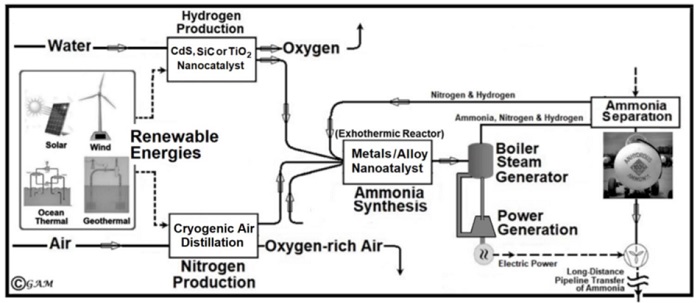Since late 2019 one obvious major concern all around the world have been the problems associated with Coronavirus disease (COVID-19) pandemic. Coronavirus has a spherical or elliptic shape and it is said to also assume pleomorphic (irregular and variant) form at various conditions. It has a diameter of about 60–140 nm which is in close to the range of nano-scale (1-100 nm) sizes. In the literature related to developing mRNA COVID-19 vaccines it is claimed nanotechnology helped to create this kind of vaccine.
In addition to efforts to develop vaccines based on nanotechnology, there have been other recent nanotechnology-based efforts to make people more immune from COVID-19. Requirement against COVID-19 and other surfaces and airborne pathogens, brought about the design and production of nanotechnology-based facial and hands protection. Nanofibers and nanoparticles have been considered for the design of some face masks to improve their antiviral performance.
Considering the popularity of graphene, a novel nanomaterial, which has found interesting applications especially in opto-electronics area some groups have also considered graphene as a novel nanomaterial which possesses antiviral and antibacterial properties without any prior study on what happens to graphene once it is free in the body. Then, there were face masks designed, manufactured and sold containing graphene with protection against COVID-19 claims and used by adults and children in certain schools and daycares. Furthermore, studies indicate graphene could one day be used as an electronic biosensor to make quick, reliable tests for viruses like SARS-CoV-2.
While all the countries around the world are trying to combat the COVIC-19 pandemic, the earth environment is being damaged due to the excessive amount of fossil fuels combustion and oversupply of greenhouse gases in the atmosphere. Recent studies indicate that various type of non-fossil fuels could be used as large-scale renewable energy sources. Production of biofuels using renewable energies will allow biofuels direct use in the existing internal combustion engines.

Hydrogen production through dissociation of water, nitrogen purification through cryogenic distillation of air and ammonia production, storage and transport, all through the use of renewable energies.
For the agricultural activities based on which biofuels are produced there is a need for ammonia that is the major feed for agricultural fertilizers. It is interesting to note that ammonia can be also produced using renewable energies as is demonstrated in figure below.
There are also several efforts underway to apply certain nanomaterials for improvement of hydrogen production from renewable energies, as well as its storage and transport in case of using it as a fuel in the future.
Read the original article on Cornell University.
